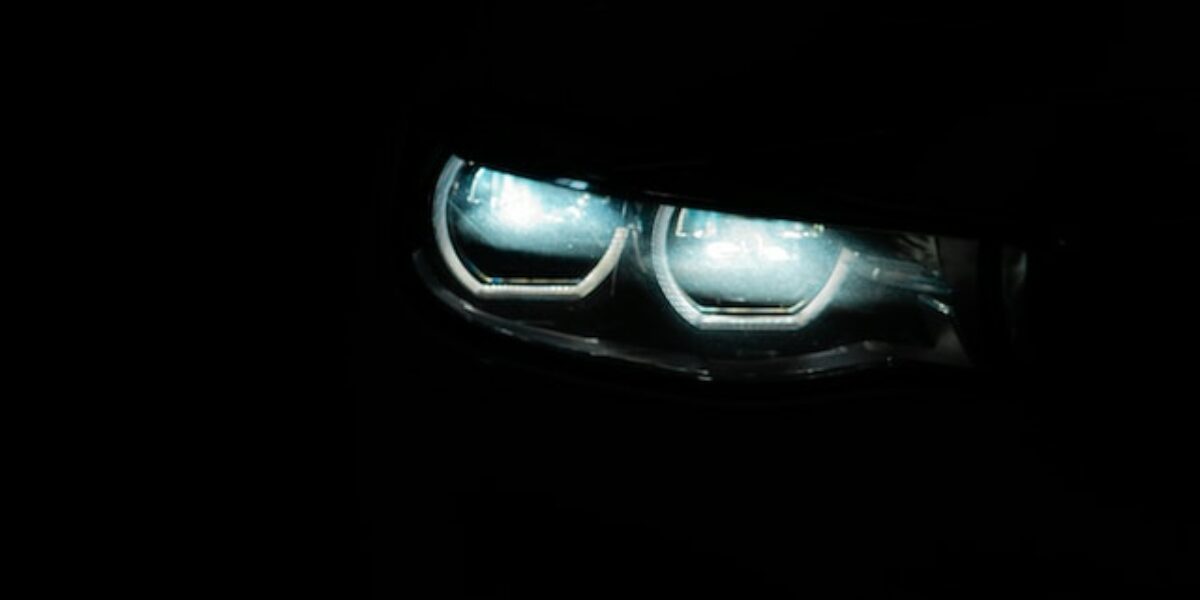Blinded by the light
Spotlight shines on modern headlights
One step forward…
The RAC survey of 2,000 drivers found a huge nine-in-10 (89%) think some headlights are too bright. Three-in-10 (28%) of these – a higher proportion than ever – think most modern headlights are dangerously bright.
Of the the drivers who complain about the brightness of car headlights, 91% say they get dazzled. Three-quarters of these (74%) say this happens regularly.
Two-in-three (67%) who suffer say they have to slow down considerably until they can see clearly again. A similar proportion (64%) believe some headlights are so bright they risk causing accidents.
Five per cent of these drivers state they have nearly been involved in a collision themselves.
Alarmingly, nearly one-in-10 (7%) say they find headlight glare so bad that they avoid driving at night altogether, a figure that rises to 14% for drivers aged 65 and over.
Blinding
Regular surveys on the issue have been carried out by the RAC since 2018. These new findings show more drivers than ever appear to be suffering, with 85% believing the problem is getting worse.
Drivers were asked to estimate how long it takes them to see clearly again after getting dazzled. While 68% say it takes between one and five seconds, but one-in-10 (11%) say it takes six or more. This is enough time for a driver travelling at 60mph to cover 160 metres, the equivalent of 40 car lengths.
The reasons drivers perceive headlight glare to be such an issue are less clear. However, an overwhelming 87% of dazzled drivers think it is mainly due to modern lights appearing much brighter.
This could be as a result of the increasing prevalence of cars fitted with LED headlights. These have a much more intense and focused beam compared to a conventional ‘yellower’ halogen bulb.
While LED headlights are great for improving a driver’s view of the road ahead, improving safety, their detriment to other road users could undermine this and reduce road safety.
Correct aim
More than four-in-10 (44%) think the dazzling is caused by badly aligned headlights. A Freedom of Information request submitted to the Driver and Vehicle Standards Agency (DVSA) in November 2023 shows that since 2019, an average of 1.6m (5%) of Class 4 vehicles failed their MOTs as a result of poor headlight aim. At the sam time, since 2016, headlamp aim consistently tops the MOT compliance survey as one of the most likely items to be assessed incorrectly by testers. It means the number of badly aligned headlights is probably much higher.
The increasing popularity of cars that sit higher on the road is another factor. Six-in-10 drivers (62%) of conventional cars blame the dazzling on higher vehicles, whereas only 35% of those in higher vehicles point the finger similarly sized vehicles.
Growing problems
Whatever the cause or causes of headlight glare, it’s a big issue for motorists. Drivers want something done about it, with 81% calling for action. This rises to 87% among drivers aged 45 to 54.
Government collision statistics show an average of 280 collisions a year since 2013 where dazzling headlights were a contributory factor. Of these, six a year involved someone losing their life.
The actual number may be higher as it is often difficult to ascertain whether it was a direct factor.
RAC spokesman Rod Dennis describes it as “a huge” problem.
“We urgently need the Government to take a closer look at the issue,” adds Dennis. He’d like to see “an independent study to understand what’s causing an increase in reports of dazzling and, most importantly, what can do be done to keep drivers safe”.
“The numbers of reported road casualties where headlight glare was listed as a contributing factor might be small when compared to something like speeding, but that only tells part of the story. ”
Mike Bowen, Director of Knowledge and Research at the College of Optometrists, says the research is important in understanding “both the functional vision of young and older drivers, and their visual comfort, when driving at night”
“We urge the Government to commission more technical and clinical research to have a better understanding of this issue and what should be done to ease the effects of dazzling headlights.”
IAM RoadSmart Director of Policy and Standards Nicholas Lyes said: “Drivers are increasingly telling us they are concerned by modern headlights and some are now even limiting the amount of time they spend driving during darkness to avoid glare. Being dazzled by a headlight has a worrying impact on road safety and we need policymakers to take this matter seriously.”





